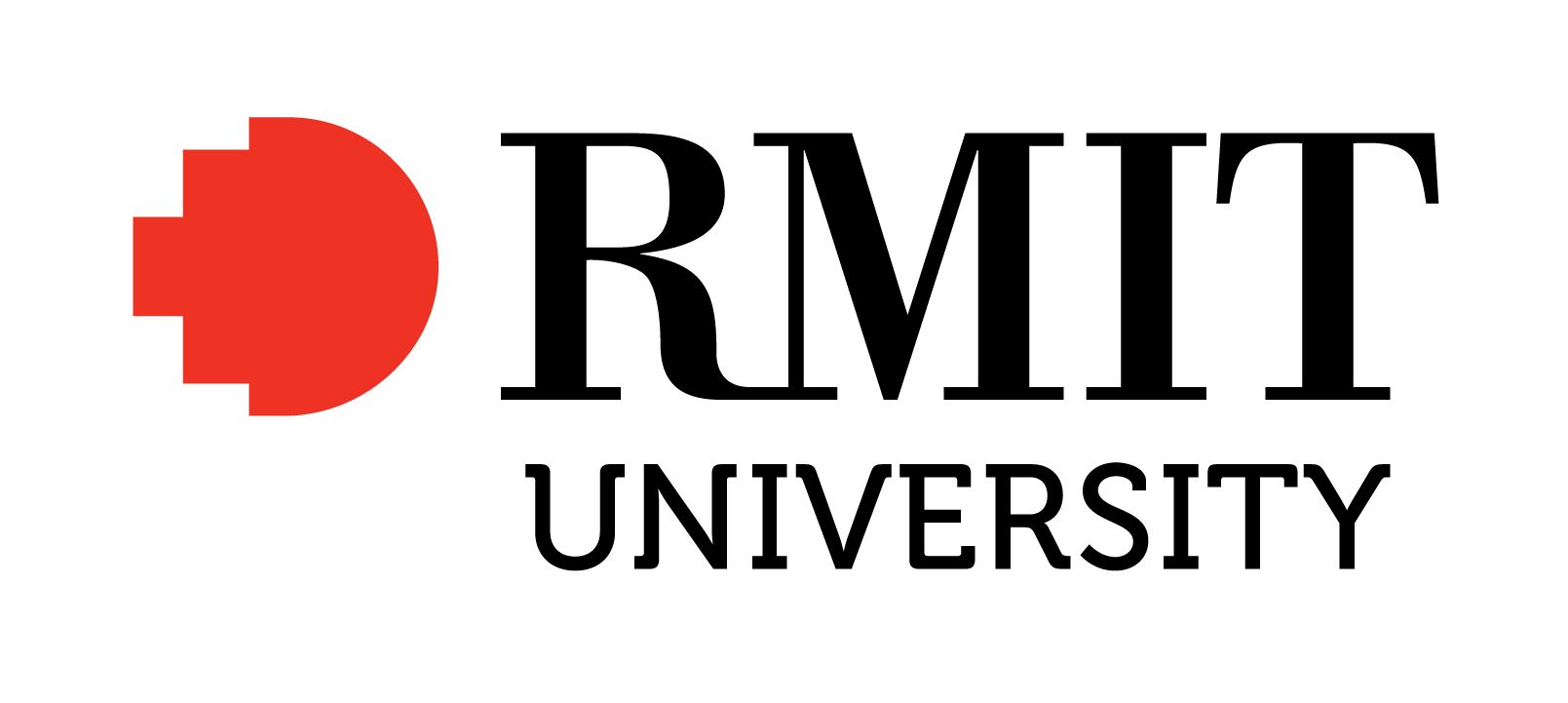Full description
Émigré designer Paul Gerhard Herbst was born in Dresden, Germany. (He later anglicized his name, dropping the h.) In the 1930s he worked as window dresser in Stettin, Berlin, and Munich. In November 1938 Following Kristallnacht in November 1938, Herbst was briefly imprisoned by the Nazi’s for assisting his Jewish employers, the Jacobs. His subsequent migration to Australia was sponsored by the Jacobs’ son Kurt, who had been living in Australia since 1937. On arrival in Melbourne in 1939, Herbst was appointed as a display and advertising assistant with the hosiery manufacturers, Prestige Ltd. It was a successful appointment. Herbst enlisted in the AIF’s 2nd Employment Company in 1942, and after demobilization in 1945, he rejoined Prestige, where he was given the task of establishing a new design studio for Prestige Fabrics. Herbst recruited art and design graduates from the Melbourne Technical College (MTC), such as Susan Tandler, Nan Gooderham, and William Salmon, and recent emigres such as Polish-born Stan Ostoja-Kotkowski, and English-born Pauline Gray. Designer Maxwell (Max) Wymant managed the studio’s production. The design studio produced both traditional and modern textile designs for clothing and accessories.
From 1948 Herbst taught evening classes in Advertising Art and Industrial Design in the School of Art at Melbourne Technical College (now RMIT University) and was closely associated with the school through the 1950s. In 1960 he was appointed as a full-time lecturer in Industrial Design. While at RMIT he organized various exhibitions for his students at the NGV (National Gallery of Victoria) in 1964, and again in 1970, and an exhibition at the Australian Design Centre in 1975. All projects notable for their exhibition design and attendant collateral. He also used film to promote the activities of the Industrial Design Department at RMIT and in 1965 produced the film Negatives Positives about his views on design and education. In 2000 he published ‘Formgestaltung at RMIT Australia circa 1960: Recollections of a design pedagogy’, and this included excerpts from School prospectus, essays, photographs, student work, exhibitions, and curricula. He retired from RMIT in 1976. Herbst was awarded the RMIT Centenary Medallion in 1987 and is an inductee into the Design Institute of Australia's Hall of Fame.
The Gerard Herbst archives comprise several donations made between 2001 and 2012. One of these (0008.2007) relates to his career as a teacher at Royal Melbourne Institute to Technology. It comprises 4 boxes: Box 1 contains course outlines, promotional material and RMIT Exhibitions by Gerard Herbst and students, and records relating to Victor Greenhalgh’s retirement. Box 2 and 3 and 4 contain material related to the “Formgestaltung at RMIT Australia Circa 1960: recollections of a design pedagogy by Gerard Herbst”, April 2000. A further donation of student projects (0043.2013) contains a variety of student models. During his lifetime records Herbst also donated records relating to his career as the art director of Prestige Fabrics (0001.2001) and (0092.2012), and this donation include documents, artefacts, and audio-visual material. The larger donation (0008.2007) comprises 7 boxes of material: Box 1 and 2 have Prestige textile designs dating from 1949 until 1955, including designs for ties; Box 3 includes designs on paper for textiles; Box 4 photographs of mannequins, textile displays, staff and studio photographs, and photographs relating to the 1951 films Language of Design, Textile in Motion; Box 5 includes photographs, film, and media clippings; Box 6 includes film strips, correspondence, media clippings; Box 7 houses film reels. Inventories are available for these archives.
User Contributed Tags
Login to tag this record with meaningful keywords to make it easier to discover
Harriet Edquist & Isabel Wunsche,' ‘Textile Modernism in Australia: Assessing the impact of emigre designer Gerard Herbst at Prestige Textile Design Studio in Melbourne in the 1940s and 1950s', in Burcu Dogramaci, Textile Moderne/Textile Modernism (Cologne, Germany: Bohlau Verlag, 2019): 383-395
AU-ANL:PEAU :
https://trove.nla.gov.au/work/246035640![]()
Ann Brennan, ‘A Philosophical Approach to Design: Gerhard Herbst and Fritz Janeba,’ in the Europeans: Émigré Artists in Australia 1930-1960, ed. Roger Bulter, (Canberra, ACT: National Gallery of Australia, 1997)
AU-ANL:PEAU :
https://trove.nla.gov.au/work/22490327![]()
Harriet Edquist, ‘a skilled hand and/or cultivated mind? Industrial Design at the Crossroads,’ in “Melbourne Modern: European Art & Design at RMIT since 1945”, Jane Eckert and Harriet Edquist (Melbourne: Vic: RMIT University)
AU-ANL:PEAU :
https://trove.nla.gov.au/work/247889261![]()
Geraard Herbst, Prestige Fabrics Design Studio 1945-1955, Melbourne, VIC: RMIT Resource Collection, Department of Fashion and Textiles Design, Royal Melbourne Institute of Technology.
AU-ANL:PEAU :
https://trove.nla.gov.au/work/15597397![]()


